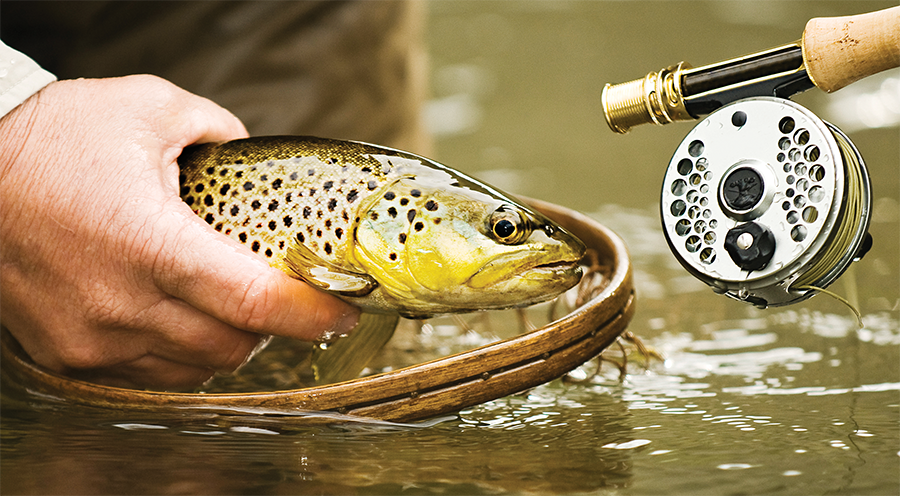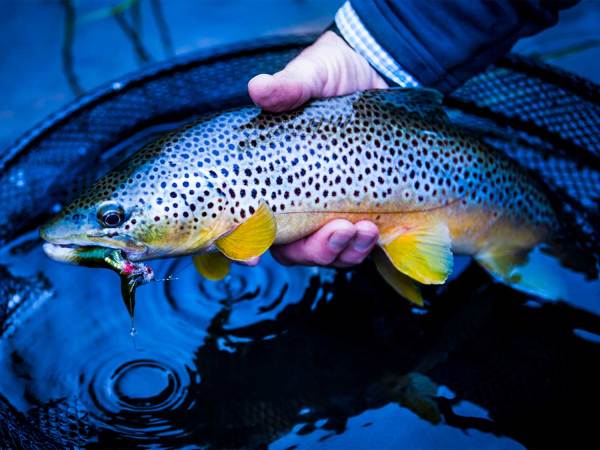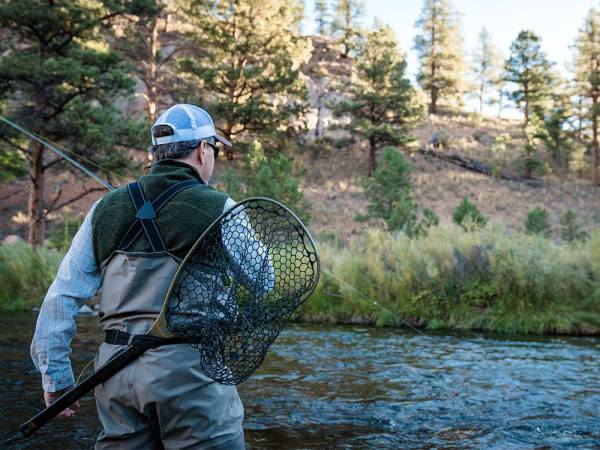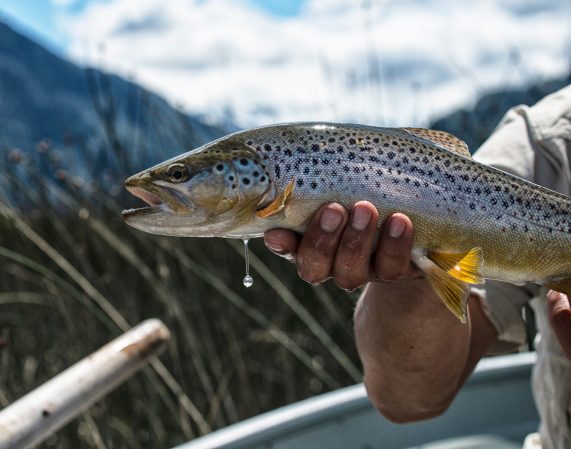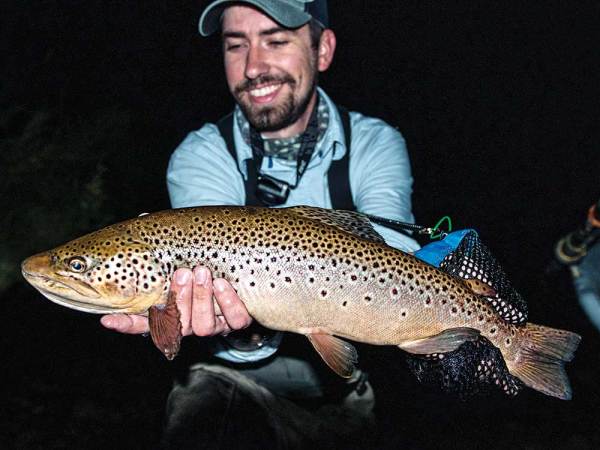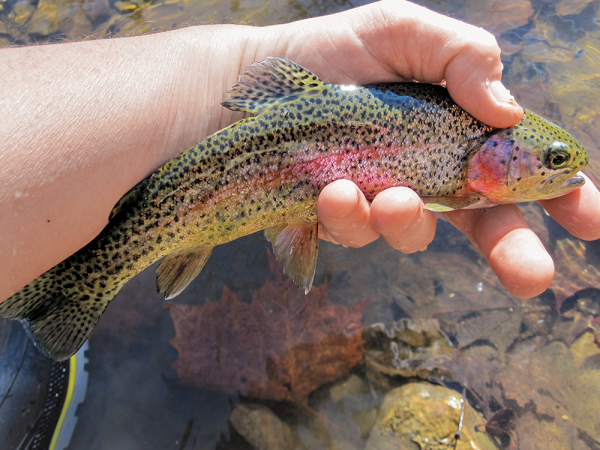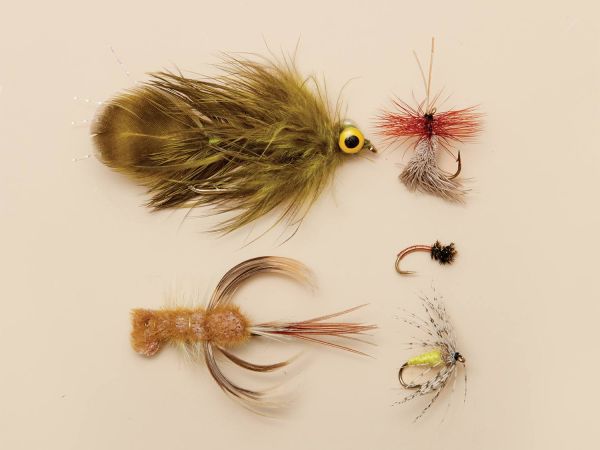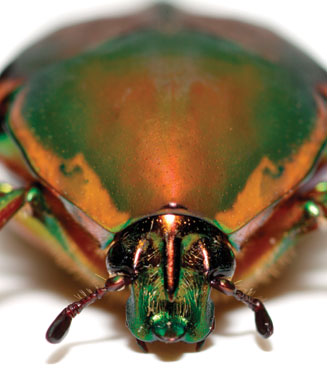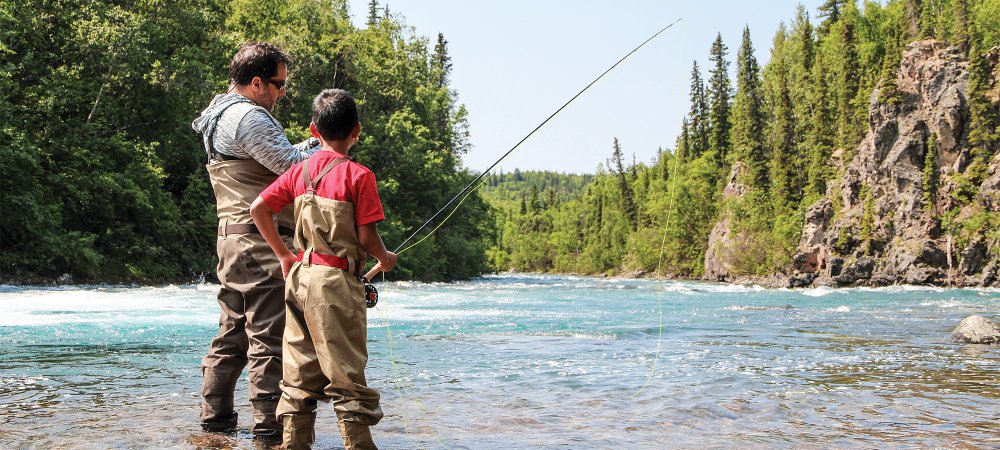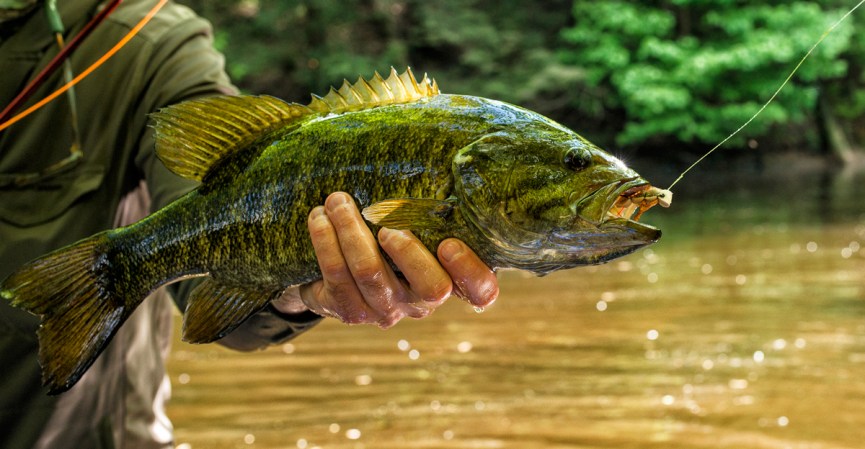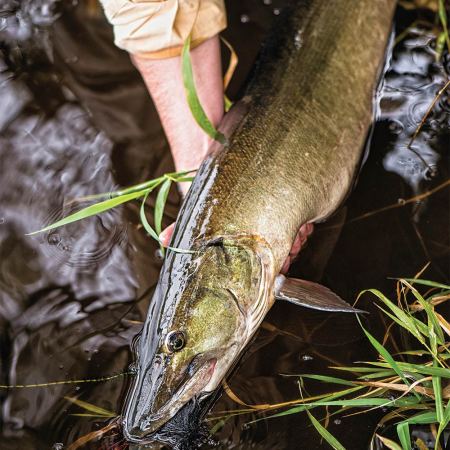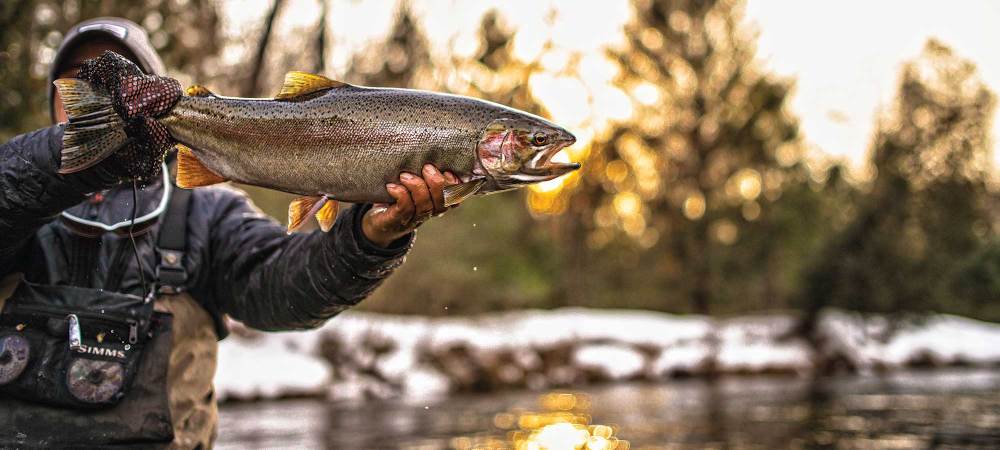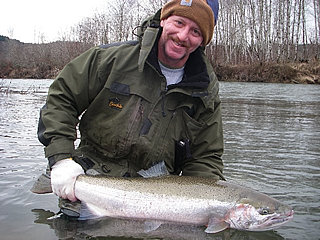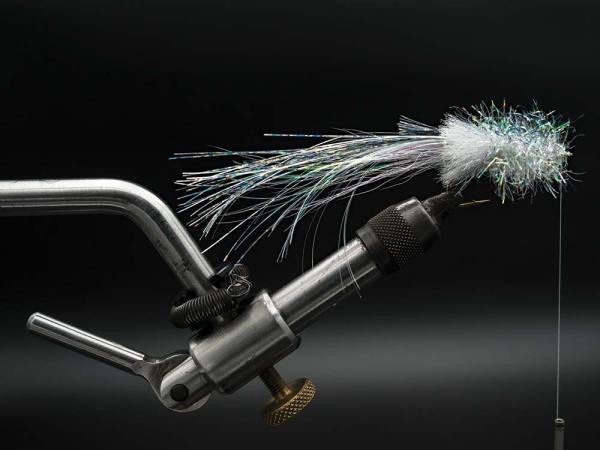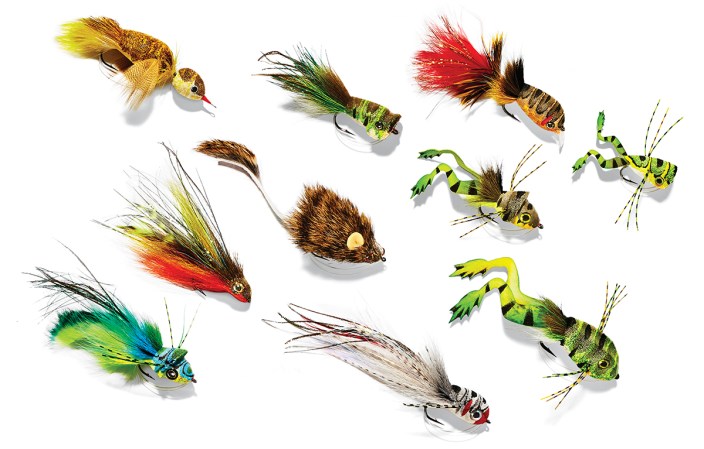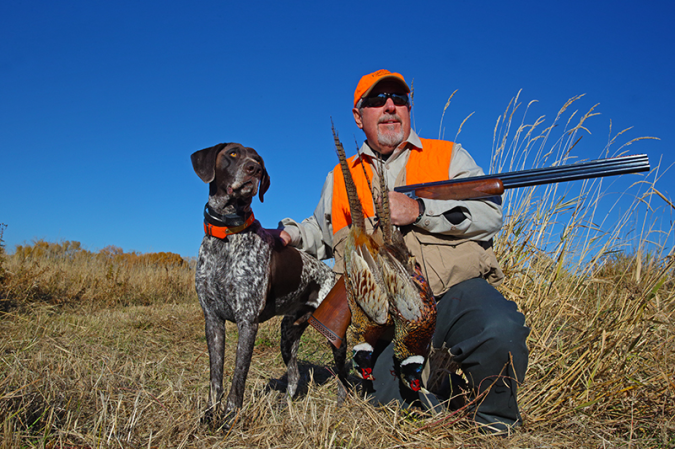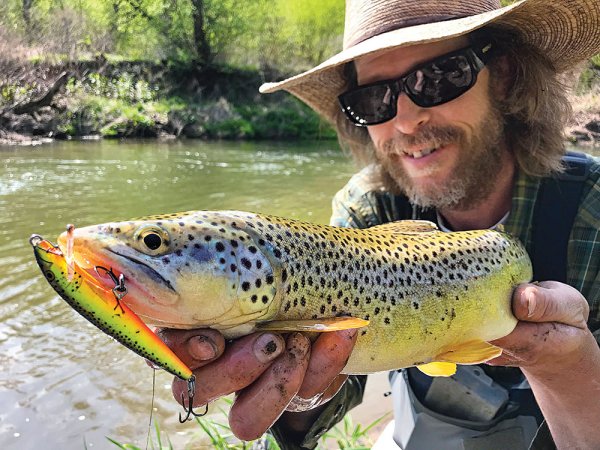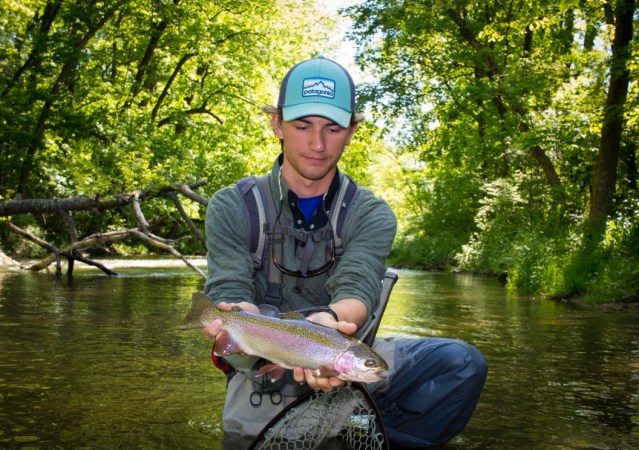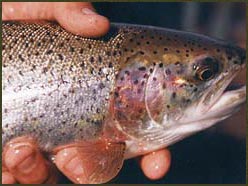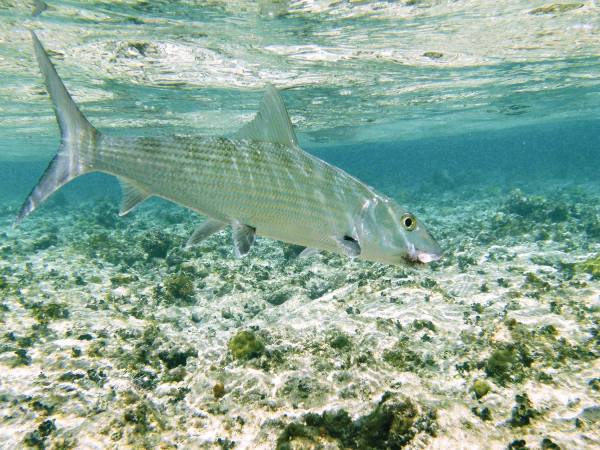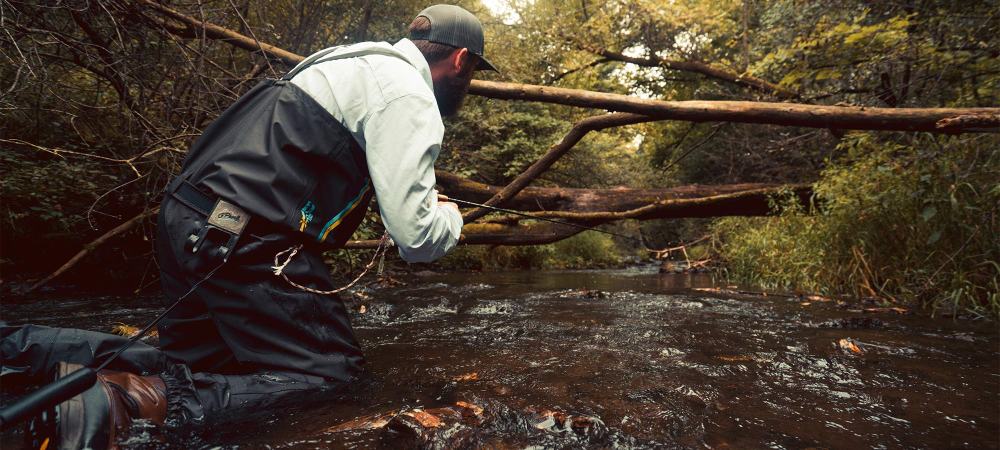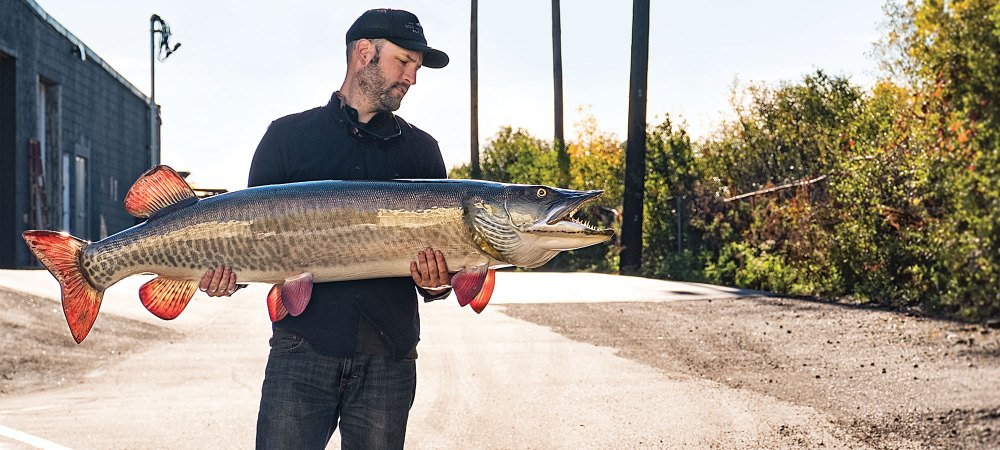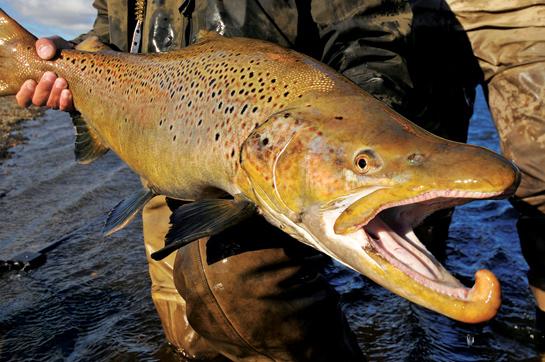In its most basic form, fishing for trout with streamers is one of the easier ways to catch fish with a fly rod: You simply cast across the river, or across and downstream, and then strip the fly back as it swings through the current below you. Subtle, fancy presentations are not as critical as they are in the clear water of summer and spring. Of course, there are ways that you can make streamer fishing more complex and more effective, but the basic cast-and-strip will work a lot of the time.
But what if the stream you’re fishing is only a few yards, or even a few feet, across? In such cases, there’s really not enough room to cast and swing, but that doesn’t mean you can’t serve up the meat to trout—sometimes the biggest fish—living in these smaller waters. Here’s how to do it.
The Downstream Mend
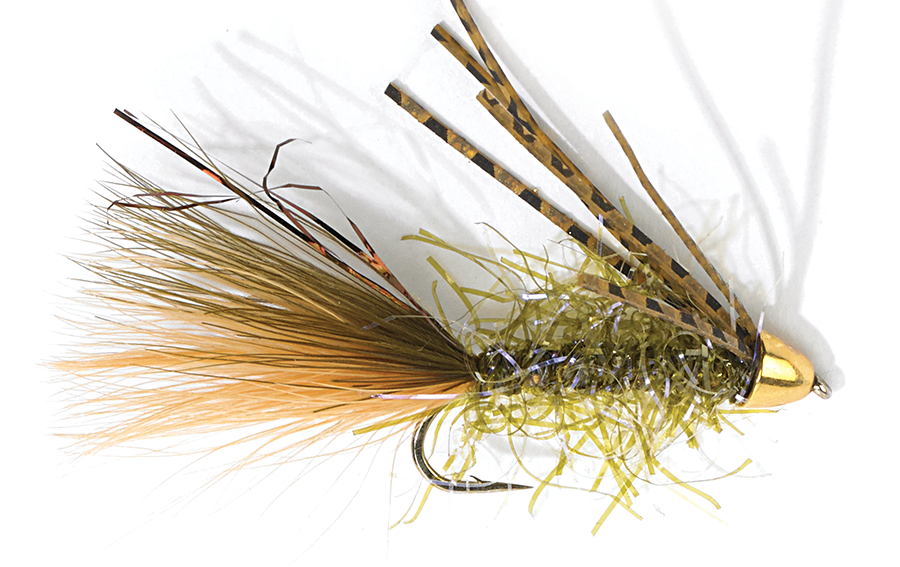
Best Pattern: Orvis GD SculpSnack
$2.75; orvis.com, size 8
A downstream presentation allows you to drop your streamer directly into likely trout lies with great accuracy.
Start by roll-casting so that approximately 10 to 30 feet of line, plus the leader, is hanging in the current below you. With a short line, you can swing the fly from bank to bank simply by pointing your rod in the direction that you want the fly to go. With a longer line, you can mend in the direction you want the fly to move, causing the current to push on the line and drag the fly through the target zone. The size and power of the mends will give the fly different kinds of action in the water.
The High-Stick Dead Drift
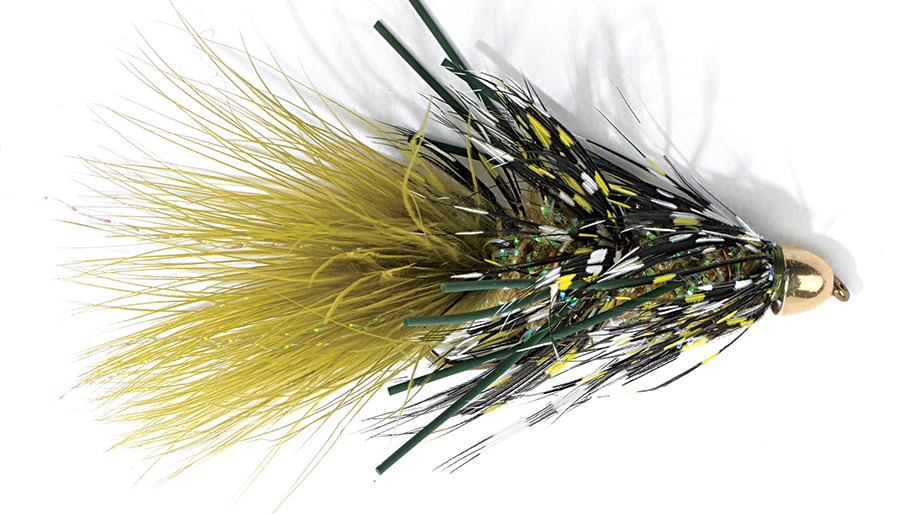
Best Pattern: Beldar Rubber Leg
$2.50; solitudefly.com, sizes 4–8
To dead-drift a streamer, use your line to control the fly, as you would when fishing a nymph. High-sticking works great when you want to float the streamer along a cut bank or through a deep slot between two boulders.
Start by casting upstream, then raise your rod tip to pick up slack as the fly approaches. Once the fly goes past you, lower the rod tip to feed slack into the drift. The advantage of a streamer in these situations is that the take is rarely subtle. No strike indicator is necessary. When a trout attacks a baitfish, it almost always does so aggressively.
The Downstream Strip
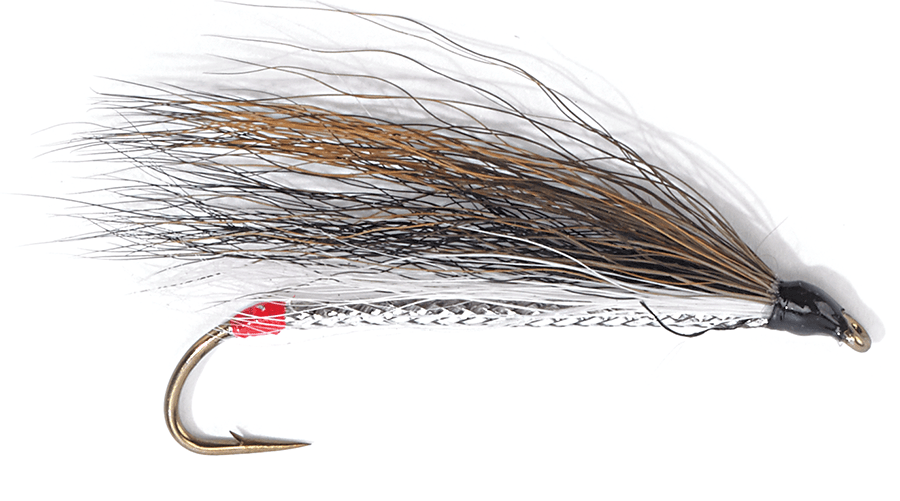
Best Pattern: Black Nose Dace
$1.25; millersflyshop.com, size 6–10
When you’re fishing a stream with cut banks and deep pools, trigger strikes from lurking trout by stripping your streamer downstream. An erratic retrieve best imitates an injured or panicked baitfish.
Cast upstream right along the bank or along any woody structure, such as a fallen tree or a beaver dam. Give the fly a second to sink, and then strip like mad to pick up the slack and make contact with the fly. Then alternate stripping and stopping to make the fly dart and stop, rise and sink. Expect the strike on the first strip after a pause.
